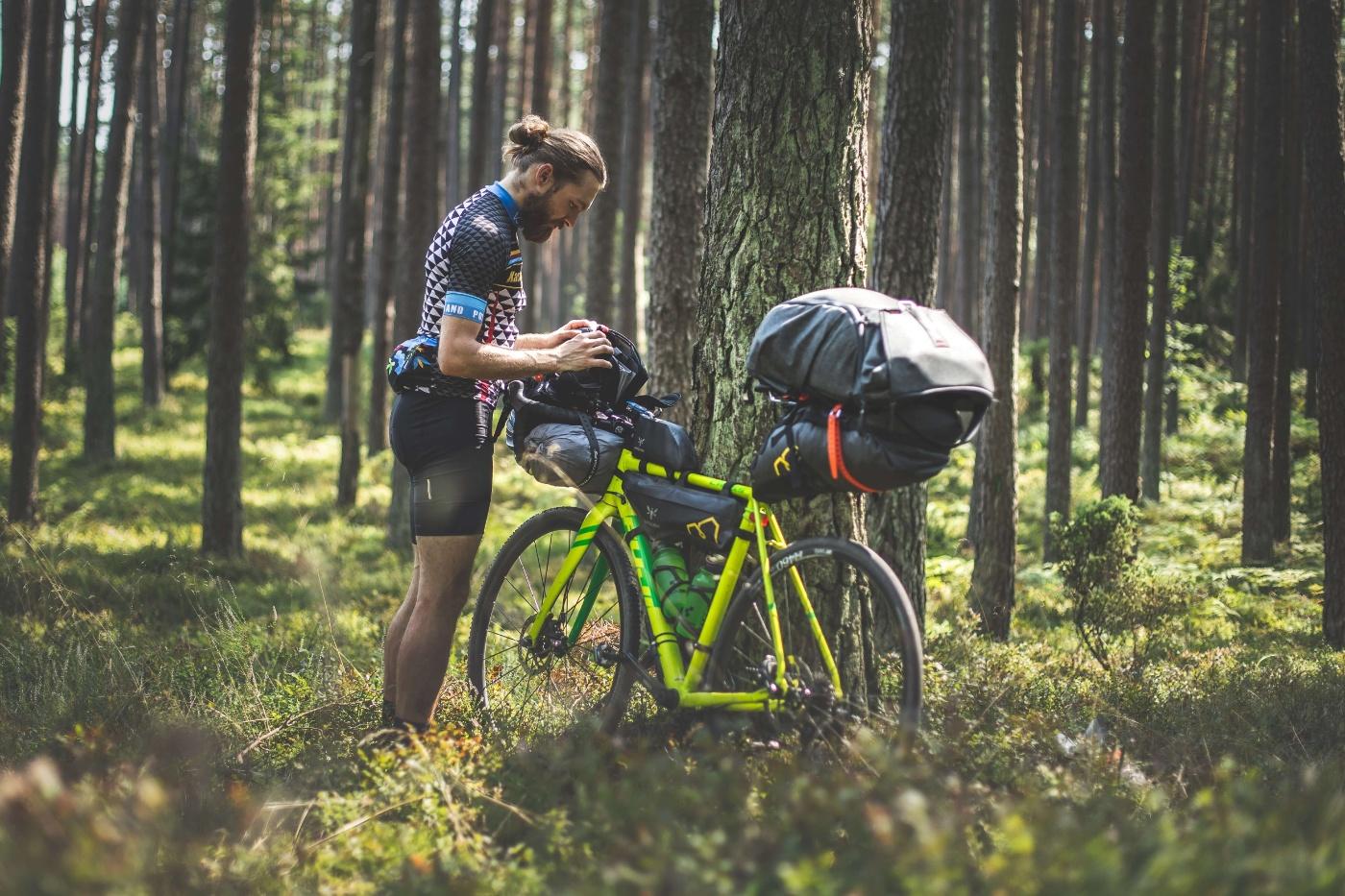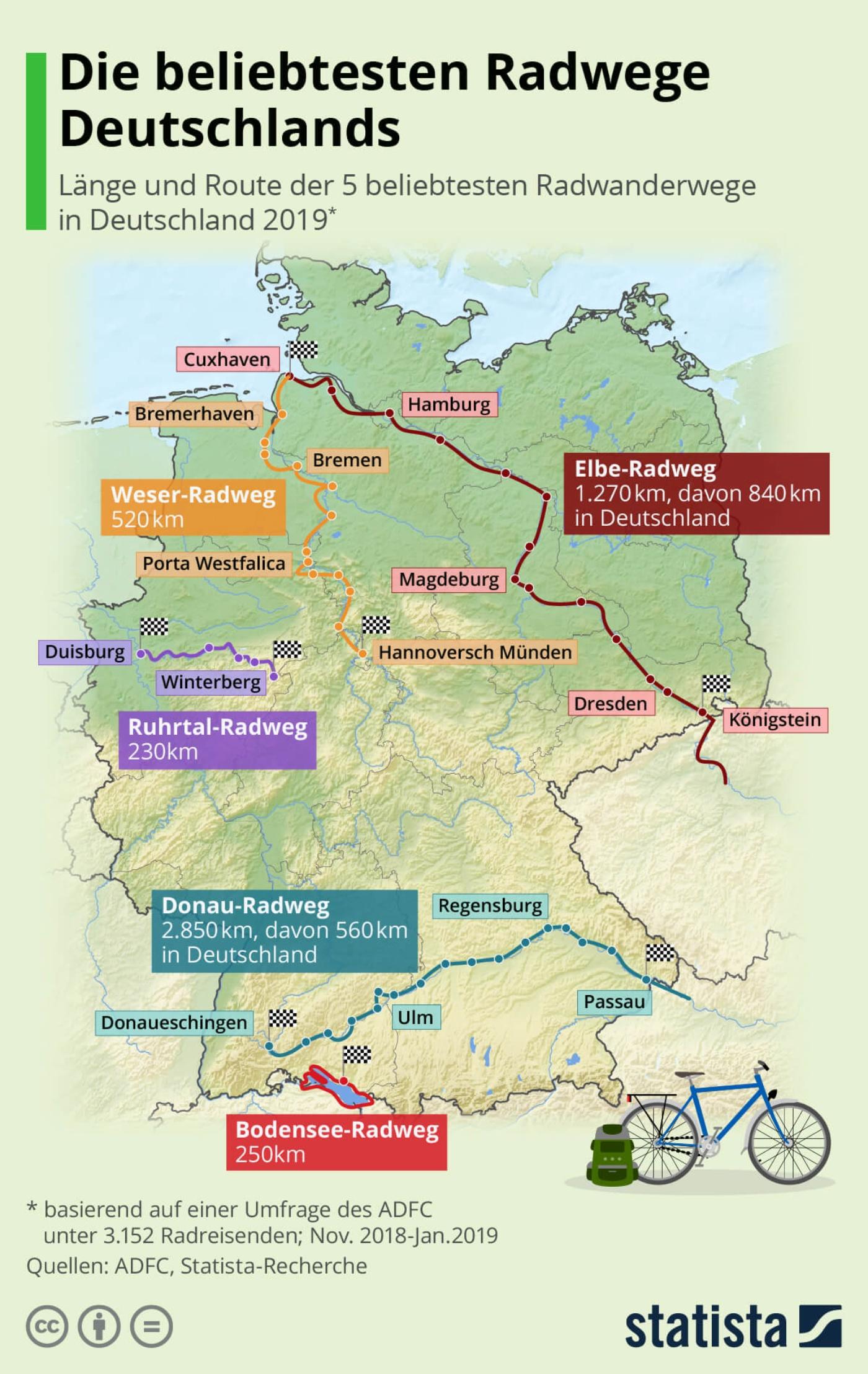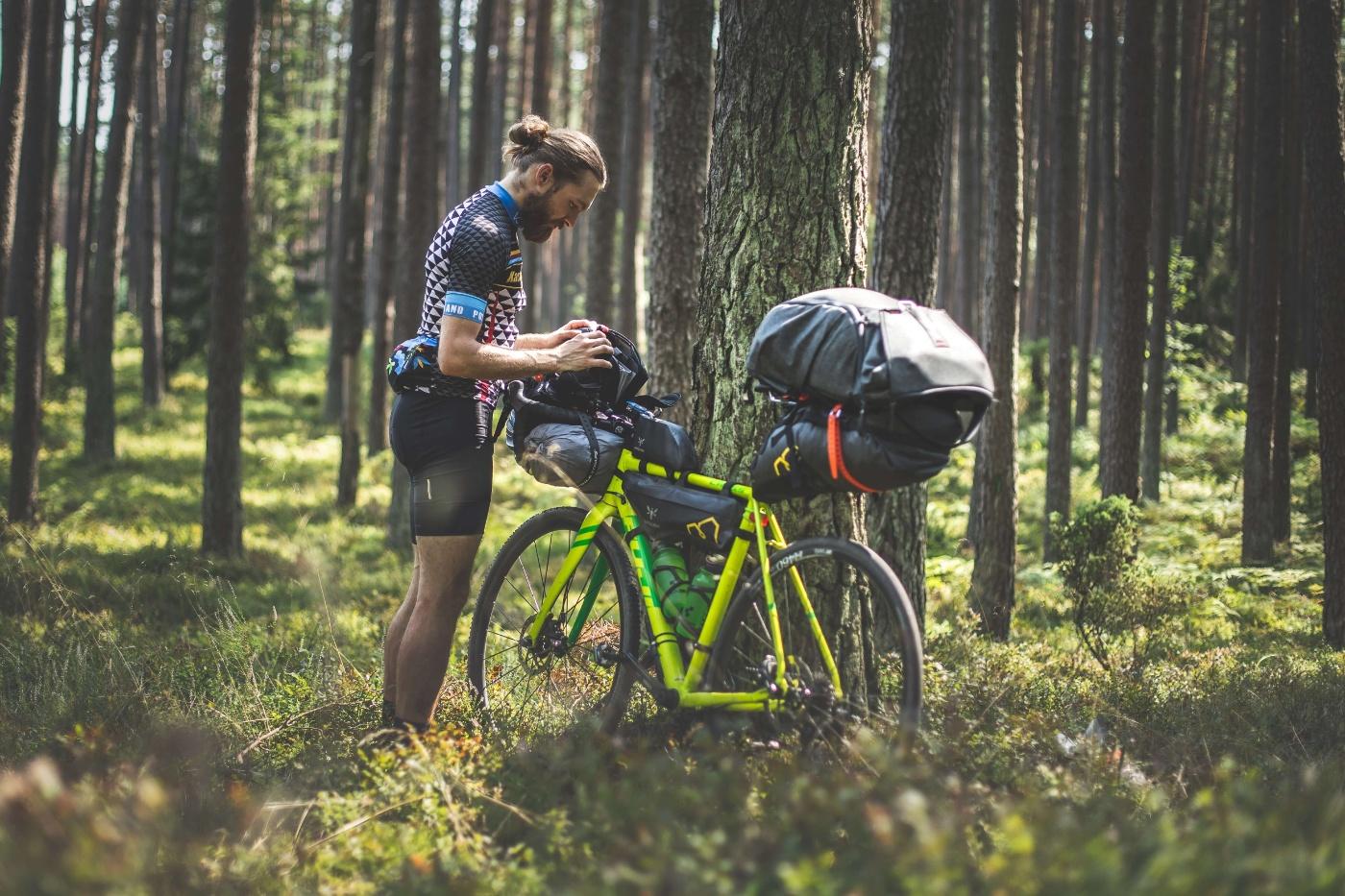
News
Bike-packing: Holidaying with as much as the bike can carry
Bike-packing is the thrill of minor extremes – a mix of "How on earth will I get all that into my paniers?" and "How can I survive with just one jumper?" It's particularly enjoyable for adventure-seekers looking to escape from the conveniences of everyday life – and who are prepared for anything.
In these frantic times, people seem to be longing for a bit of calm. On the one hand, our lives are moving at an ever-faster pace. Globalization and digitalization are seeing to it that we quickly find ourselves stressed out, and not just in our private lives. The world of work is similarly demanding greater speed. In parallel with that, however, traveling by bike is becoming increasingly popular. At home, Germans love pedaling to their holiday destination at 20 km/h. And no wonder: In this case, the journey is the destination, and you need to gear yourself up for that, as you can stop off and enjoy a spot of bird-watching, say… and let the weather determine the day ahead. Cycle tours or bike-packing are a relaxed change from our daily stress.
Why take more than two T-shirts?
Bike-packing is, as the name suggests, a cycle tour over several days, where the bike is loaded up like a packhorse with everything it's expected to carry. But your metal steed is no SUV. So, you really have to think carefully about what you really need and what you can do without. Won't one jumper be enough for your trip? Why take more than two T-shirts? One to wear, one for drying. When packing for a more extended tour, it's best to give some real thought to what you are taking along. On the one hand, it needs to fit into the paniers, so the motto is cut down and pack fewer things. And a light bike can travel more easily than a heavy one. On the other hand, even for summer tours, you need to carefully consider whether you are equipped for all eventualities. Because even in August, it can rain for two days solid. If you are pedaling along the North Sea coast, fighting the wind and rain, you need to dig deep within yourself and find your inner steel. At moments like this, no-one wants the distraction of wet socks. So rainproof clothing is an absolute essential. Think in outfits, so that you can combine your clothing for any weather appropriately. Tools, lights, emergency rations and a first-aid kit need to be included too.
So how do I pack?
In recent years, more and more manufacturers have designed and marketed better and better paniers. No longer does anyone need to tackle a long tour with heavy leather bags strapped to a luggage rack or, even worse, a heavy walker's rucksack on their back. Ortlieb, Topeak, Apidura and Restrap have wonderful solutions in their product ranges that are robust and waterproof. The beautiful thing about them is that the bags can be attached all over the bike, meaning that the weight of the luggage can be distributed relatively evenly. With this special "bike-packing" equipment, you no longer need a luggage rack, and you can even take sports equipment with you on tour. Mountain-bikes and road bikes are very well-suited to such trips: They have the advantage of being faster and lighter than trekking bikes and city bikes. In a non-representative survey, on the other hand, 50% of those interviewed said they would take a trekking bike for their trip. Mountain-bikes and road bikes attracted the fewest responses. However, the survey did not ask about special touring bikes, such as the gravel bike. These bikes were developed specifically to handle all road conditions, and are ideal for bike-packing.
And where should you go cycling?
Once your packing plans are complete, you can start planning your trip. When it comes to breaking down your route, you need to be honest with yourself: Just because you once managed to ride 100 kilometers in one go, that doesn't mean you can - or would want to - handle 100 kilometers with luggage for five days consecutively. And you should also allow time for spontaneous diversions along the way.

And where should you go cycling? In Germany and Europe, there are a number of signed cycle routes. Especially for your initial trips, one of the popular routes is a good choice. The quality of these signed trails is very variable, and as yet there is no central database. Even on the popular Berlin-Copenhagen route, which is part of EuroVelo Route 7, cyclists can suddenly find themselves being overtaken by speeding trucks on a rural road with no cycle lane. The lane surfacing goes from extreme to extreme here too. However, as a general rule the road condition on the popular cycle routes is largely above average. Excellent tour guides and maps are available for the most well-known tours. So now just one thing is missing: Off you go, and enjoy your trip!
(Stage photo: © Marek Piwnicki / Unsplash)
